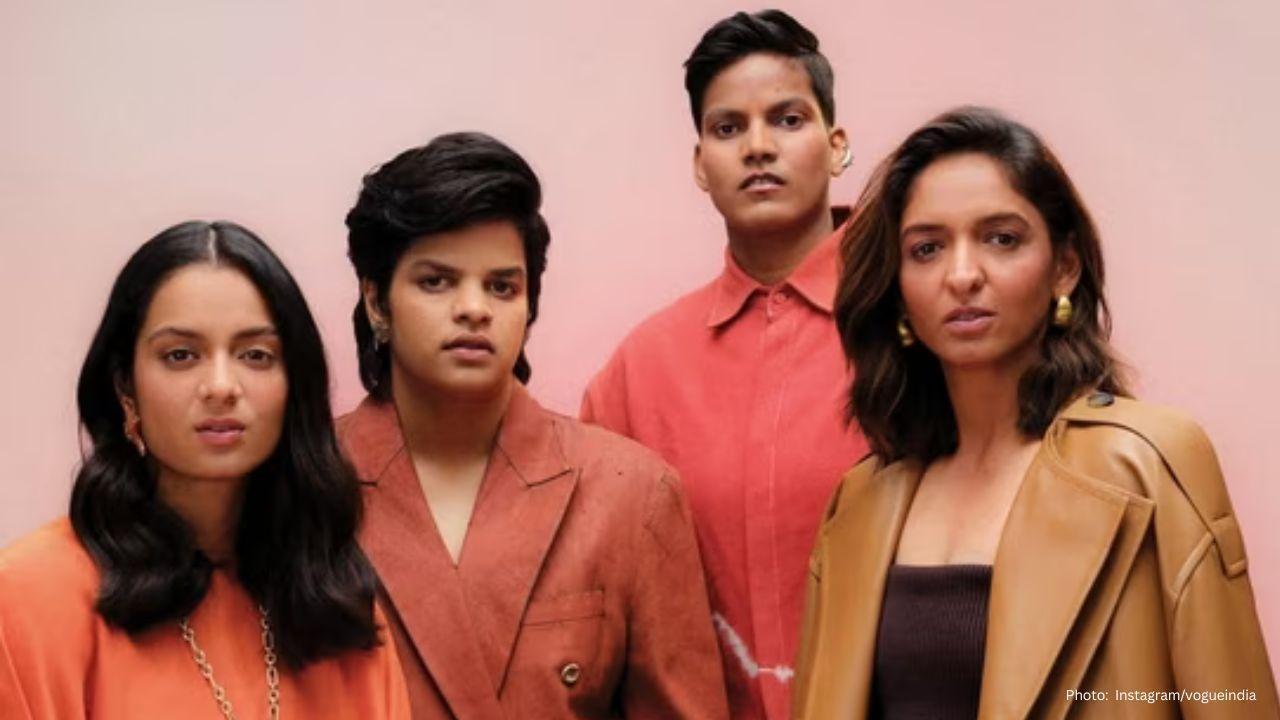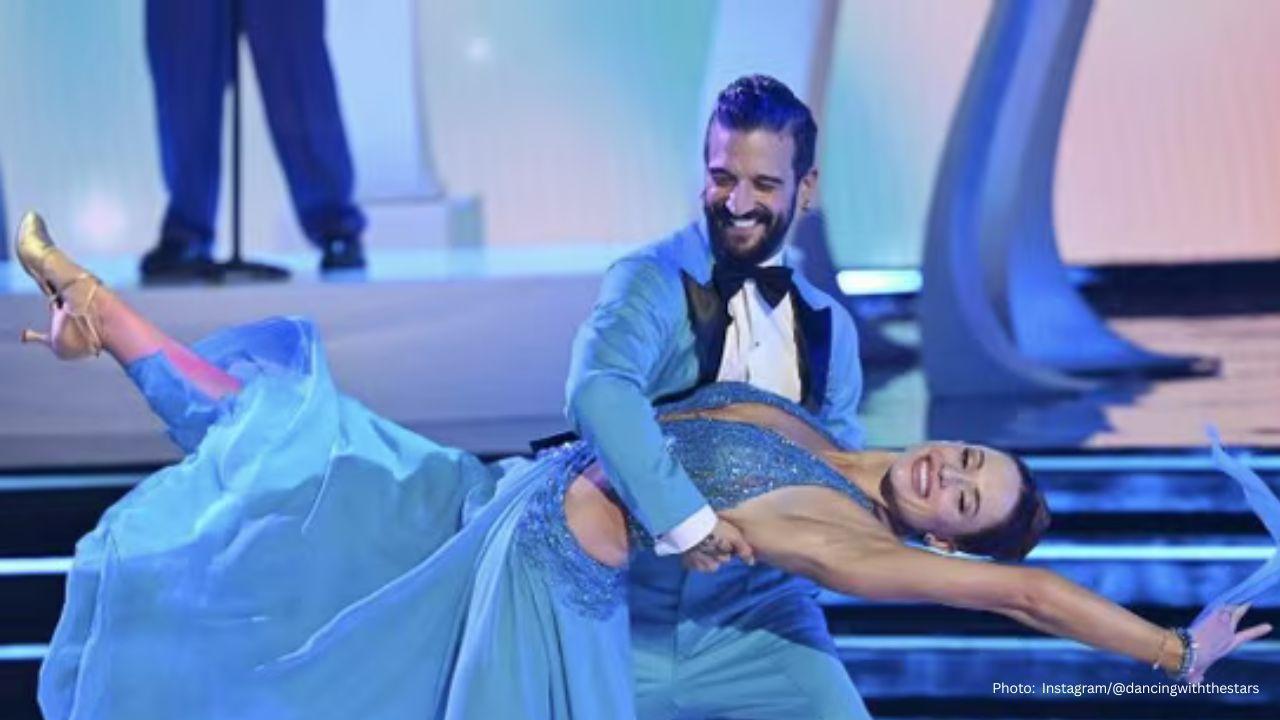
Join 10k+ people to get notified about new posts, news and tips.
Do not worry we don't spam!

Post by : Rameen Ariff
Thailand Braces for Heavy Rainfall Across Nation Despite Weak Monsoon Conditions
Despite experiencing a comparatively weakened southwest monsoon season, Thailand is now bracing for widespread heavy rainfall that could cause flash floods, urban waterlogging, and travel disruptions across multiple provinces. The Thai Meteorological Department (TMD) has issued weather alerts warning of intense showers expected to persist through the week, especially from July 16 to 20. The latest advisory has prompted provincial authorities and disaster response units to step up preparations in high-risk zones, particularly in the northern and northeastern parts of the country.
The announcement on Wednesday, July 16, comes as a surprise to many who had assumed that a sluggish monsoon onset earlier this year would translate into reduced rainfall during the peak wet season. However, climate experts and meteorologists caution that despite the subdued intensity of the monsoon winds, shifting pressure systems and moisture influx from the South China Sea and Gulf of Thailand are still capable of generating significant precipitation events—especially when combined with local topographical conditions.
Northern and Northeastern Regions on High Alert
According to the TMD, the most affected regions are likely to be the northern and northeastern provinces, including Chiang Mai, Chiang Rai, Nan, Loei, Udon Thani, and Khon Kaen. These areas are currently facing a high probability of short bursts of very heavy rain, which can quickly lead to landslides in mountainous zones and flash floods in low-lying river basins.
In Chiang Mai, local administrative bodies have already begun clearing drainage systems and reinforcing embankments along the Ping River, anticipating a sudden rise in water levels. Meanwhile, in provinces such as Nan and Phrae—regions with histories of rapid inundation—emergency shelters have been readied, and boats and medical kits have been stocked for potential evacuation scenarios.
The Department of Disaster Prevention and Mitigation (DDPM) has dispatched mobile response teams to flood-prone districts with early warning systems and satellite phones to maintain connectivity in case of power disruptions.
Central Plains and Bangkok Face Urban Flooding Threats
While rural provinces bear the brunt of terrain-triggered floods, urban areas such as Bangkok and surrounding central plains face a different challenge—sudden downpours leading to city-wide waterlogging. The Bangkok Metropolitan Administration (BMA) has placed its 24-hour drainage teams on alert and confirmed that all 2,000 drainage pumps in the city have undergone pre-monsoon maintenance.
Bangkok Governor Chadchart Sittipunt addressed the issue in a public update, acknowledging that the city’s infrastructure, though improved in recent years, is still vulnerable to intense rain events. “We urge residents to avoid unnecessary travel during peak rainfall periods and to report any blocked drains through our real-time flood response app,” he said.
The Chao Phraya River basin is also under close observation. If upstream reservoirs begin to overflow due to cumulative rainfall over the week, areas like Nonthaburi, Pathum Thani, and Ayutthaya may experience rising water levels as well.
Southern Thailand to See Localized Heavy Rains
Contrary to the usual monsoon trend where southern provinces receive higher rainfall, this year the situation has inverted slightly. However, provinces like Surat Thani, Nakhon Si Thammarat, and Songkhla are still forecasted to receive scattered downpours, especially along coastal zones.
While no widespread flooding is currently predicted for the southern region, the Meteorological Department has advised fishermen and marine operators to remain cautious, as offshore winds and occasional storms may make small boats unsafe for travel.
The coastal departments are also monitoring erosion levels, particularly in Krabi and Phang Nga, where intense sea wave activity has previously led to shoreline degradation during the monsoon season.
Weakened Monsoon, But Not Without Risk
Interestingly, while the southwest monsoon winds have been weaker than in previous years, the resulting instability in atmospheric pressure has created conditions ripe for what experts describe as "convective rainfall." This refers to sporadic but intense bursts of rain driven by heat and moisture buildup, especially over urbanized or mountainous terrain.
According to Dr. Sucharit Wongsuwan, a senior meteorologist at Chiang Mai University, “The term ‘weakened monsoon’ can be misleading. It doesn’t mean an absence of rain; rather, it indicates less consistency in rainfall patterns. You can still get sudden and extremely heavy downpours due to localized cloudburst events.”
He added that climate variability linked to El Niño and La Niña cycles further complicates rainfall forecasting this year, making preparedness the most prudent strategy.
Agriculture Sector Faces Uncertainty
For Thailand’s vast agricultural sector, this unpredictable rainfall pattern spells both opportunity and concern. On the one hand, the recent rains are a blessing for farmers who had been dealing with parched paddy fields since May. On the other, sudden excessive rain could wash away topsoil, damage crops, and delay harvesting schedules.
The Ministry of Agriculture has instructed local cooperatives and irrigation offices to closely coordinate with meteorological teams. Special advisories are being sent out to sugarcane, cassava, and rice growers regarding optimal watering schedules and crop rotation strategies to mitigate damage from waterlogging.
In regions like Isaan, where agriculture is heavily rain-dependent, farmers are being urged to install basic drainage channels or store excess water for later use.
Health and Infrastructure Preparedness
Apart from flood mitigation, Thai authorities are also focusing on the public health implications of the wet season. Waterborne diseases, mosquito breeding, and sanitation issues often spike during extended periods of rain. Local hospitals have been asked to keep emergency beds available, and the Ministry of Public Health has issued a fresh round of hygiene advisories.
Infrastructure services—particularly electricity and communications—are also bracing for impact. The Provincial Electricity Authority has been instructed to insulate transformers and transmission lines, while mobile operators have installed backup power units at key towers in flood-prone zones.
Tourism Sector on Edge but Adapting
Thailand’s tourism sector, which is currently witnessing a healthy rebound post-COVID, is watching the weather developments closely. Popular destinations like Chiang Mai, Ayutthaya, and Sukhothai—many of which rely on heritage tourism and river cruises—could be affected by localized flooding or weather-induced transport delays.
However, tour operators are actively adapting by offering revised schedules, switching to indoor activities during wet spells, and keeping customers updated through apps and text alerts. The Tourism Authority of Thailand (TAT) has also activated its hotlines and information centers to assist foreign tourists during this period.
Government Calls for Vigilance and Community Participation
Deputy Prime Minister and Interior Minister Anutin Charnvirakul has issued a public statement urging all Thais to stay alert and follow weather updates from official channels. “This is not the time to take the weather for granted. The risk is real—even from what appears to be a weak monsoon,” he said.
Local community leaders and village heads have been asked to update authorities about any incidents of rising water or damage to property. In flood-sensitive areas, volunteers are assisting with sandbagging, clearing blocked drains, and transporting elderly or disabled residents to safer ground.
Digital alert systems have also been expanded through mobile apps, emergency SMS broadcasts, and radio stations to ensure that people receive timely evacuation instructions if required.
High Rainfall, Higher Responsibility
While the rainfall is expected to taper slightly after July 20, authorities stress that vigilance must remain high throughout the monsoon season, which typically extends into October. The early rains this week may only be a prelude to a more intense series of storms as the season matures.
Despite the weakening monsoon currents, Thailand is learning that nature has its own unpredictability—and that preparedness, community engagement, and inter-agency coordination are the best defenses against climate volatility.
As the skies darken and thunder echoes across the landscape, Thailand once again readies itself—not just for rain, but for resilience.










Conway Shines as New Zealand Edges Out West Indies in Napier
Devon Conway and Rachin Ravindra propel New Zealand to a five-wicket victory over West Indies, clinc

Ja'Marr Chase Faces One-Game Suspension Following Spitting Incident
Bengals' Ja'Marr Chase receives a one-game suspension after spitting on Jalen Ramsey; his appeal has

England Names 12-Man Squad for Opening Ashes Test in Perth
England reveals a 12-man squad for the first Ashes Test in Perth, featuring Shoaib Bashir and a pace

Roger Federer Inducted into Tennis Hall of Fame in Historic First Year
Tennis icon Roger Federer receives Hall of Fame recognition in his first year, alongside renowned co

Steve McClaren Steps Down as Jamaica’s Head Coach Following World Cup Qualifying Draw
After a crucial goalless draw with Curacao, Steve McClaren resigns as Jamaica's head coach, leaving

Daryl Mitchell Tops ICC ODI Rankings, Updates Released
Daryl Mitchell ascends to No.1 in the ICC ODI rankings, with boosts for players from New Zealand, In